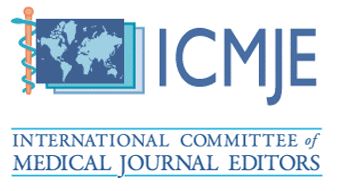CALL FOR PAPERS
2024-02-21
Dear Prof., Dr., Mr, Mrs
The Borneo Journal of Medical Sciences (BJMS) invites Scientific Manuscripts (Original article, Review article, Case report, Concept paper, Short communication, Clinical Quiz) for upcoming volumes 19 of 2025.
Looking forward to your submission. click here
Read more about CALL FOR PAPERS


1.png)

